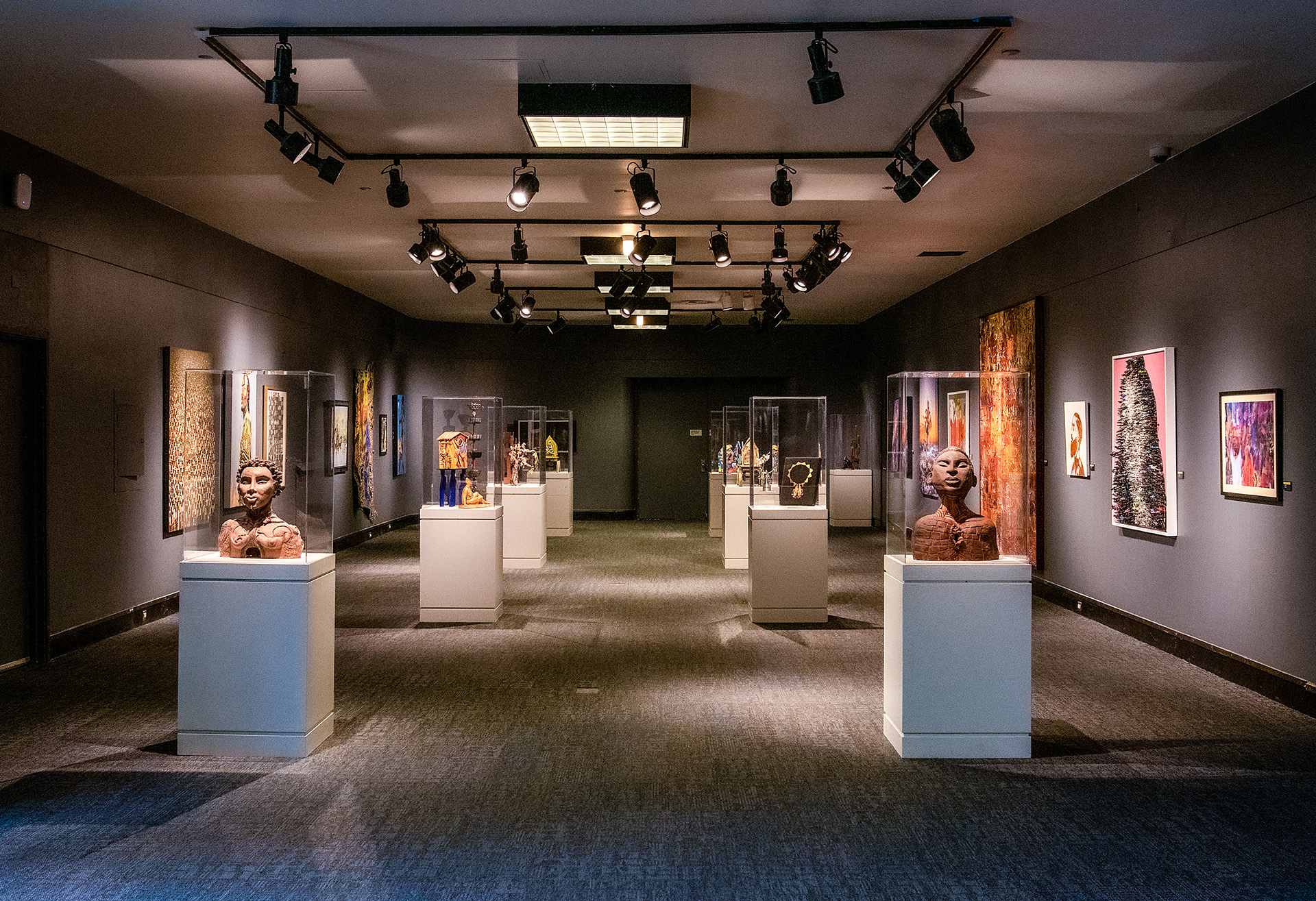

The questions that kept emerging from these dialogues seem to capture this moment in history when the very survival of the species is threatened, but also to sum up many other inquiries that pervade the sciences, arts, and myths of our time. This Exhibition is grounded in many conversations with artists held in the last few years. The Exhibition The Milk of Dreams takes Leonora Carrington’s otherworldly creatures, along with other figures of transformation, as companions on an imaginary journey through the metamorphoses of bodies and definitions of the human. It is a world where everyone can change, be transformed, become something or someone else. overthrow of the monarchy.“ The Milk of Dreams takes its title from a book by Leonora Carrington (1917–2011) – Cecilia Alemani stated – in which the Surrealist artist describes a magical world where life is constantly re-envisioned through the prism of the imagination. I don’t think most people know about the U.S. “There was a lot of listening and trying to make sure people knew we were there to learn from them. “The queen is an incredible loan that we were able to orchestrate through years of hard work, face time and diplomacy,” Lemay said.

The exhibit will include a painting of Queen Lili’uokalani, Hawaii’s last sovereign monarch, a work that has never before left the islands. “They are to this day fighting for Hawaiian sovereignty to be restored, so it was a complex situation for me to enter as a federal employee. “What I discovered when I visited Hawaii was a very sensitive point of view about 1898, particularly among native Hawaiians,” she said. While assembling the exhibit, Lemay visited art collections in Hawaii, Guam and the Philippines. empire started within the nation itself,” Lemay said. “We wanted to make sure that we recognized that the U.S. The exhibit also notes the Indian Wars of the 1870s-1890s, specifically the Battle of Little Big Horn, acknowledging the origins of American imperialism on the U.S. While the exhibit includes portraits of American figures like President Theodore Roosevelt, Admiral George Dewey and Henry Cabot Lodge, it also depicts scenes and figures central to the histories of places swept up in expansion, such as Cuban writer and revolutionary José Martí, Puerto Rican poet Lola Rodríguez de Tío and Filipino nationalist José Rizal. presidential elections Cuba and the Philippines both harbor U.S. state Guam and Puerto Rico are American territories whose citizens cannot vote in U.S. Hawaii, a once-independent monarchy, is now a U.S. “It’s a year that continues to define our present.” “In Puerto Rico, 1898 is a year that is spoken about every day,” Caragol said. battleship whose sinking off Cuba's coast sparked the War of 1898. invasion of her native country, it didn’t register for most Americans beyond passing knowledge of the slogan, “Remember the Maine” – recalling the U.S. The exhibit began to take shape six years ago when Caragol and Lemay, who studies military history and its expression through art, chatted about their interests and came to see 1898 as a flashpoint year.Īs a Puerto Rican, Caragol recognized that while for her, 1898 marked the U.S. overseas expansion and its effect on peoples seeking political independence. The exhibit, with more than 90 objects assembled from 74 international collections, features portraits, illustrations and other objects spotlighting the push for and against U.S. “It’s a very complex moment historically, socially and culturally,” said Taína Caragol, the gallery’s curator of painting, sculpture and Latino art and history, who conceived the exhibit along with colleague Kate Clarke Lemay. Imperial Visions and Revisions,” recognizes the 125th anniversary of a period that saw three major events with geopolitical repercussions – the War of 1898, the Philippine-American War (1899-1913) and the 1898 Congressional joint resolution to annex Hawaii. “Issues pertaining to self-government and democracy were playing out not only within the continental U.S., but more broadly.”Īn exhibit opening Friday at the Smithsonian’s National Portrait Gallery in Washington, D.C., aims to highlight that pivotal period and its continuing relevance. as a leading proponent of world freedom, but these conflicts suggest a much more complicated picture of a struggle for rights and freedom in the Jim Crow era,” said Kristin Hoganson, a history professor at the University of Illinois at Urbana-Champaign.


 0 kommentar(er)
0 kommentar(er)
